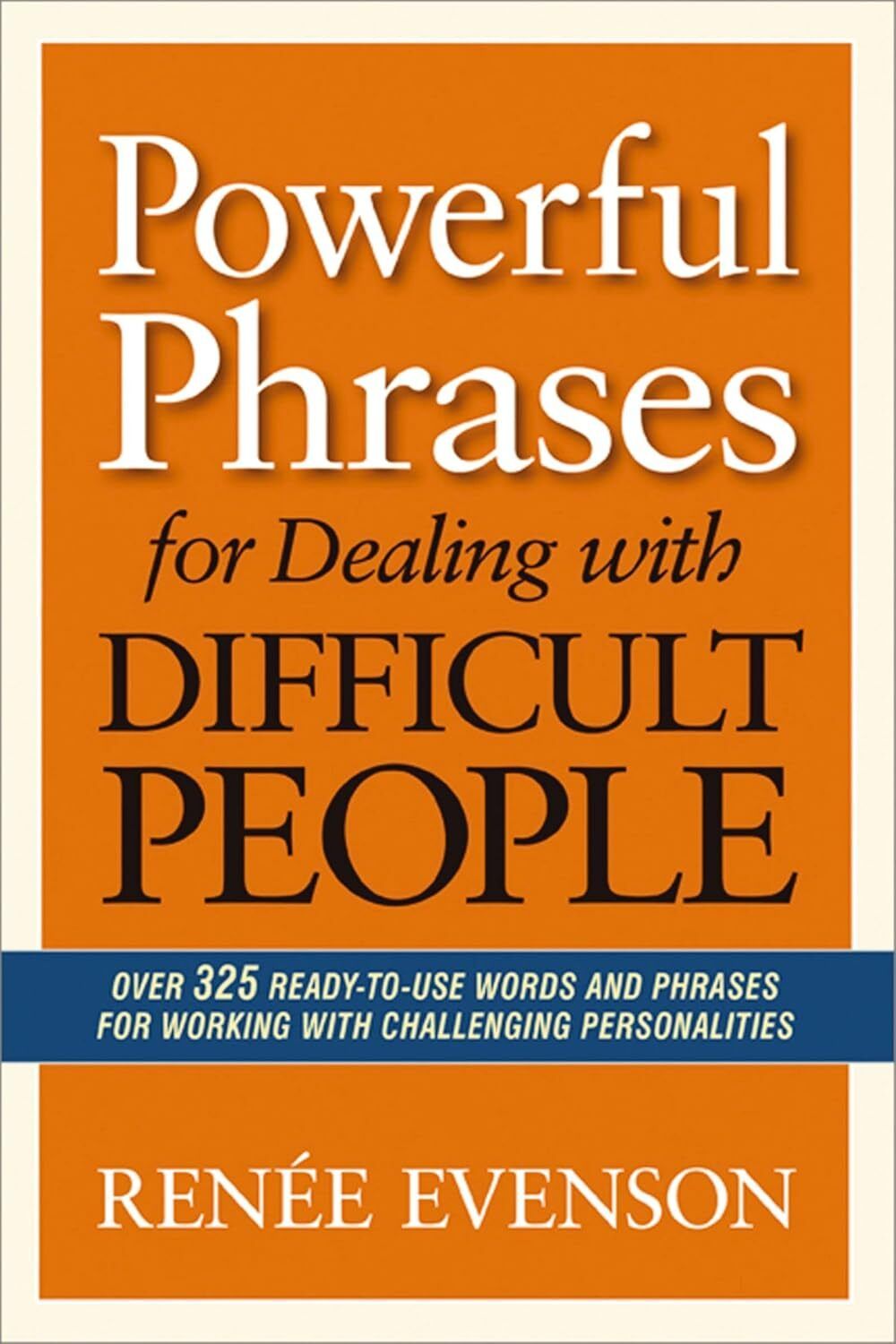“Dive deeper in 30: See if this book clicks with you in our key takeaways.”
Snap Summary
The Book offers a five-stage process for resolving conflict effectively, built on empathy and clear communication to achieve mutually beneficial solutions in personal and professional settings.
Why Conflict Resolution Skills Are Essential
Conflict is Unavoidable: Conflict is a natural part of life, especially in the workplace where individuals don't choose their colleagues.
Collaborative Relationships Thrive on Resolution: Mature conflict resolution fosters trust and understanding, leading to stronger, more productive relationships.
Career Advancement: Individuals with strong conflict resolution skills are highly valued and often promoted due to their ability to maintain harmony and efficiency.
Beyond the Workplace: While prevalent at work, conflict is also inevitable in romantic relationships as couples move beyond the initial "honeymoon phase."
Strengthening Bonds: When addressed constructively, disagreements present opportunities for couples to understand each other better and build intimacy.
The Perils of Conflict Avoidance
Escalating Negativity: Ignoring or suppressing frustration allows negative emotions to fester, straining relationships over time.
Uncontrolled Outbursts: Bottling up emotions can lead to inappropriate and damaging outbursts, potentially causing irreparable harm to relationships.
Unhealthy Coping Mechanisms: Suppressing negative emotions instead of expressing them healthily can manifest in detrimental behaviors like overeating, substance abuse, or toxic positivity.
Evenson's Five-Stage Conflict Resolution Process
Stage 1: Strategic Planning: Before confronting the individual, take time to calm down, analyze the situation objectively, and plan your approach to avoid escalating the conflict.
Importance of Emotional Regulation: Initiating conflict resolution while angry or overly excited can lead to impulsive actions and hinder productive dialogue.
Stage 2: Fostering Mutual Empathy: Establishing an empathetic connection is crucial for productive conflict resolution. It requires understanding and acknowledging the other person's perspective.
"I" Messages Versus "You" Messages: Beginning conversations with "I" messages, expressing feelings without blaming, avoids defensiveness triggered by accusatory "you" messages.
Genuine "I" Messages: Effective "I" messages include a non-accusatory description of the action, the speaker's feelings, and the consequences of their life.
Active Listening and Perspective-Taking: Asking open-ended questions and actively listening to the other person's perspective builds mutual respect and facilitates solutions.
Stage 3: Pinpointing the Issue: Clearly defining the core issue is essential, as differing perspectives can lead to misunderstandings and impede progress.
Addressing Differing Perceptions: Individuals interpret events based on their experiences, leading to varying understandings even when witnessing the same situation.
The Power of a Sincere Apology: When faced with unwavering perspectives, a heartfelt apology can diffuse tension, demonstrate respect, and move the dialogue forward.
Stage 4: Collaborative Solution-Seeking: Suggest potential solutions while actively considering the other person's input, emphasizing compromise and mutual benefit.
Creative Win-Win Solutions: Encouraging collaboration and open communication can lead to innovative solutions that more effectively satisfy both parties than a one-sided outcome.
The Importance of Breaks: Taking breaks when discussions become unproductive allows individuals to cool down and approach the situation with renewed objectivity.
Stage 5: Reaching a Resolution The final stage involves making a clear, mutually agreed-upon decision to address the conflict and move forward.
Decision Confirmation: Clearly reiterate the agreed-upon solution to avoid misunderstandings and ensure both parties fully comprehend their commitments.
Relationship Affirmation: Conclude by expressing appreciation for the relationship and the collaborative effort, leaving a positive and lasting impression.
Navigating Unsuccessful Resolutions
Affirming Relationships Despite Differences: Even when unable to reach a win-win solution, acknowledging the importance of the relationship helps maintain a workable dynamic.
Seeking External Intervention: In workplace scenarios, if an agreement can't be reached, involving a higher authority may be necessary, though this should be a last resort.
Respectful Justification: If one party has the authority to decide, explaining the rationale behind the final decision, even if disagreed upon, promotes understanding and respect.
Nonverbal Communication
Body Language Speaks Volumes: Nonverbal cues, often more impactful than words, should convey calmness, empathy, and confidence to foster trust and openness.
Projecting Authority and Warmth: Upright posture and measured speech project authority, while a caring expression and eye contact convey warmth, both contributing to effective communication.
Additional Insights
Excessive Apologies Can Be Detrimental: While apologies can be powerful, overusing them can undermine credibility and create an impression of incompetence.
Focus on Strengths to Enhance Relationships: Intentionally focusing on positive attributes and skills can counteract negative biases, foster appreciation, and improve relationships.


